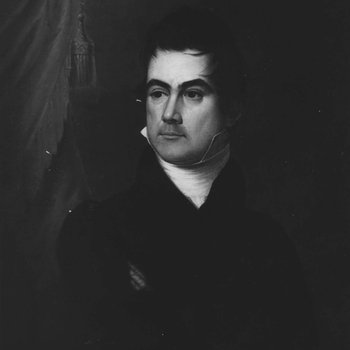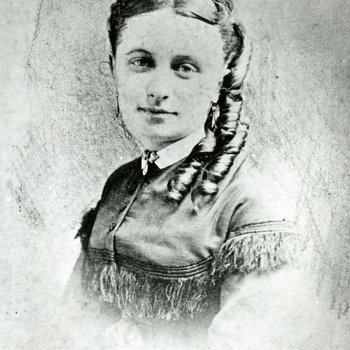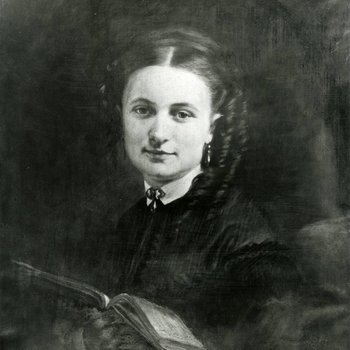Tennesseans who wished to have their portrait painted relied solely upon the skill of the artist to accurately capture their image. Portraits were originally meant to extol a prominent figure. The goal of the portrait artist was to convey the importance of the subject and to capture not only the physical likeness, but also the personality and mood of the subject. Ralph E. W. Earl is believed to be the first professional painter to reside in Tennessee. In his early years, he studied painting under his father, Ralph Earl, a renowned painter in his own right. He furthered his studies in Europe before returning to America. He arrived in Nashville in 1817 to paint the portrait of General Andrew Jackson. Earl was soon joined by other itinerant portrait painters who traveled from town to town throughout the South to offer their artistic services.
The time and skill needed to complete a painting commanded a price that ordinary Tennesseans could not likely afford. Daguerreotype photography was a less expensive and more readily accessible alternative to portrait painting. The ability to own an exact likeness at an affordable price made this new medium wildly popular. Having a portrait made was no longer a luxury exclusively for the elite.
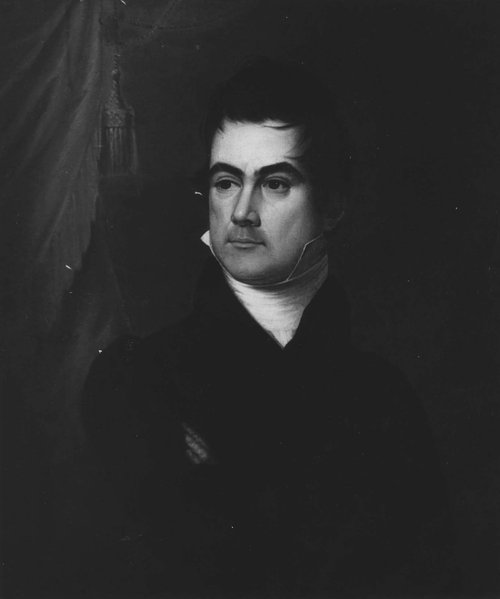
Portrait of former Tennessee Secretary of State Thomas Hamilton Fletcher (1792-1845) by Ralph E. W. Earl. RG 82:Tennessee Department of Conservation Photograph Collection, 1937-1976. ID: 15708.
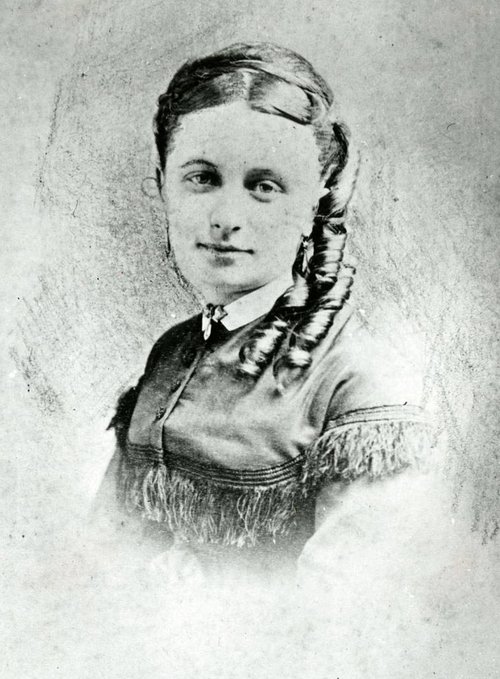
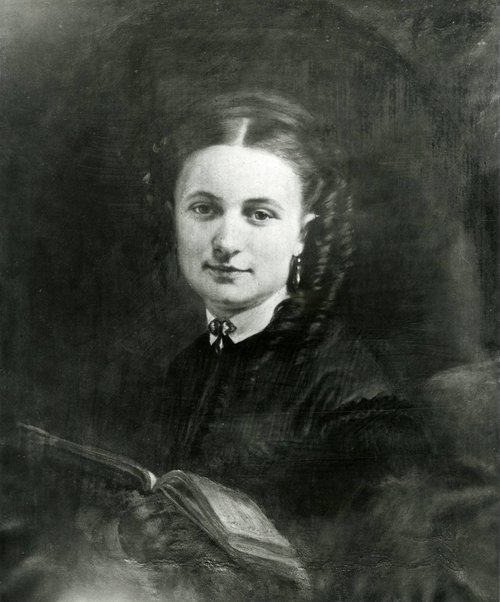
Portrait painting and photograph of Augusta Caroline Dury (1850-1921), 1872 Nell Savage Mahoney Papers. ID: 30122, 30509.
Artist George Dury painted his daughter Augusta Dury’s portrait at the time of her marriage in 1872. It appears that the photograph taken of her that same year was used as a reference for the painting. Using a photograph as an aid greatly reduces the number of sittings required to complete a painted portrait. While the photograph captures an accurate likeness, the painted portrait allows the artist a broader range of creative expression and the ability to render the likeness in color.
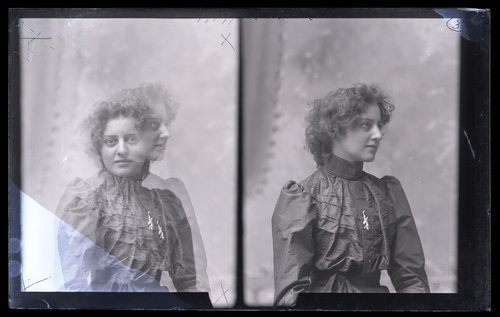
Double exposed portrait of Miss Noel Garnet, 1899 Calvert Brothers Studio Glass Plate Negatives. ID: 38020.
While the time required to sit for a daguerreotype portrait was much shorter than the time necessary for a painted portrait, the daguerreotype did present some technical challenges. The long exposure time made it necessary for the subject to stay perfectly still for several minutes. Even a small movement could ruin the final result, or create some interesting effects.

